Heading north east along the Clooney Road you will pass these two buildings. These are the gate lodges to Gransha Mental Hospital. Constructed in the 1960′s, they have copper roofs and off centre windows symetrical about the entrance road. To the front a low wall of Claudy stone raised to a higher level as it meets the road. Beyond, iquite far away in landscaped grounds, stood Stradreagh House the Victorian building used as the Asylum. Various other buildings dating to the 1930′s and later were built in between. It is a simple but elegant architectural composition beside the main road.
|
Heading north east along the Clooney Road you will pass these two buildings. These are the gate lodges to Gransha Mental Hospital. Constructed in the 1960′s, they have copper roofs and off centre windows symetrical about the entrance road. To the front a low wall of Claudy stone raised to a higher level as it meets the road. Beyond, iquite far away in landscaped grounds, stood Stradreagh House the Victorian building used as the Asylum. Various other buildings dating to the 1930′s and later were built in between. It is a simple but elegant architectural composition beside the main road.
0 Comments
At the bottom of the park along the riverside is the Waterside Greenway, This links the park to the Peace Bridge and the Foyle Bridge along the recently modernised railway track. At one point the path swings away from the railway and amid an area of dense vegetation is a reminder of its history - a former telegraph pole along the trackside which once supported 26 separate wires! Prior to the second world war electrical wires had to be insulated using natural material such as rubber which degraded over time, and it was more economical to suspend telephone and telegraph wires from glass or ceramic insulators on the lineside telegraph poles. Spare capacity was often rented to the Post Office for its telephone network. The railway was opened as the Belfast and Northern Counties Railway in 1860 though the telegraph poles would not have been erected before the 1890′s. Within sight of St Brecan’s church is this fine statue. Set within a circle of mature trees it is part of a heritage trail linking major ecclesiatical sites within the city. The statue is of St Columba ‘dove of the church’ and reputed founder of the city. He is reaching up to touch a dove with his fingers,- the symbol of peace in a very peacefull and atmosperic place- but it is also like he is passing on the great history and heritage of the city to a new generation to make their own. Worth a visit.
Lets start at Clooney church. Located in the grounds of St Columb’s Park in the Waterside area of Derry~Londonderry not far from the Limavady Road (which is renamed Clooney Road as it leaves the city). The church today looks much as drawn on the first map of the city drafted by the invading English in 1600. It is ruinous, on top of a small hill and retains its gables. In fact, the building was rebuilt in the 1620′s and has since fallen into ruin again. It is thought to have been previously rebuilt in the 1580′s following the demolition of the previous church in the 1480′s by the local Bishop. The building is recorded as having been plundered by the Normans in the 1190′s and is thought to be the site of the ancient church of ‘Cluain-i’. It is associated with St Brecan -an early Irish saint thought to be from Movilla in Co Down with a feast day of 16 July. In the nineteenth century it became an eye catcher within the landscaped grounds of a merchant’s house and today is located within a civic park. It is an atmospheric place, timeless in its bueaty. Going to take a detailed look at the built heritage along the east bank of the Foyle over the next month or so. There is lots to see, from ancient churches to World War II airfields. The main ‘Clooney Road’ links Derry~Londonderry to Limavady and runs above reclaimed land along the side of the Lough. In tourist terms this is the first part of the ‘Causeway Coastal Route’ to Belfast.
|
Marks of Time
Sketches of buildings in the North West of Ireland and further afield with a little information about their history. Categories
All
Archives
April 2024
|

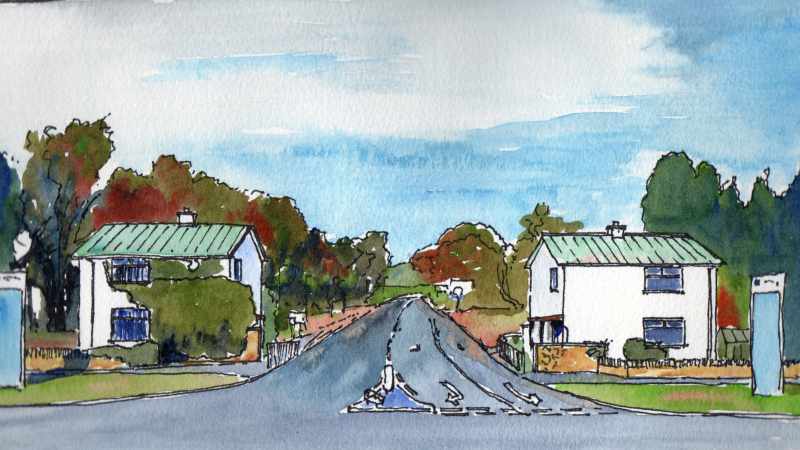
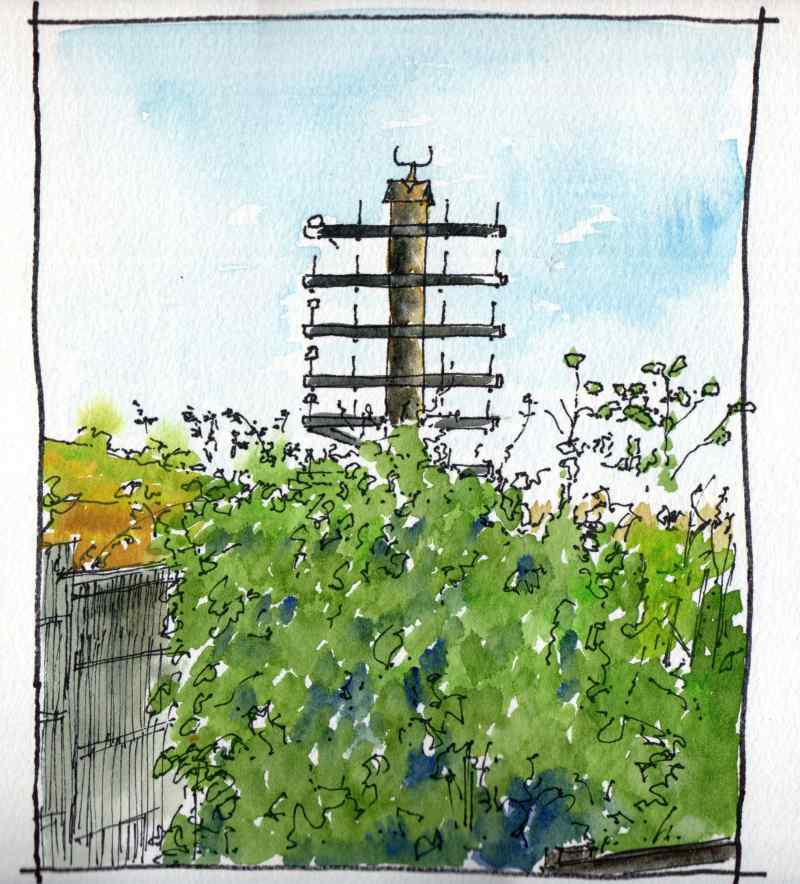
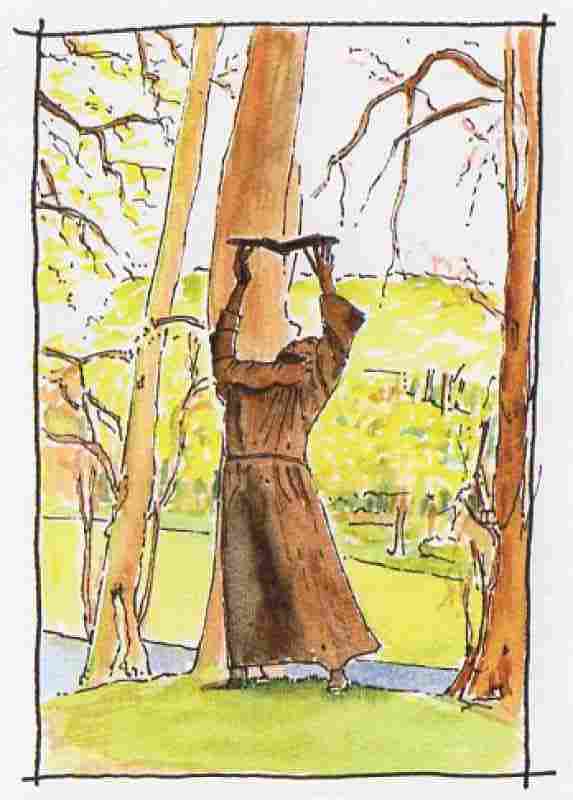
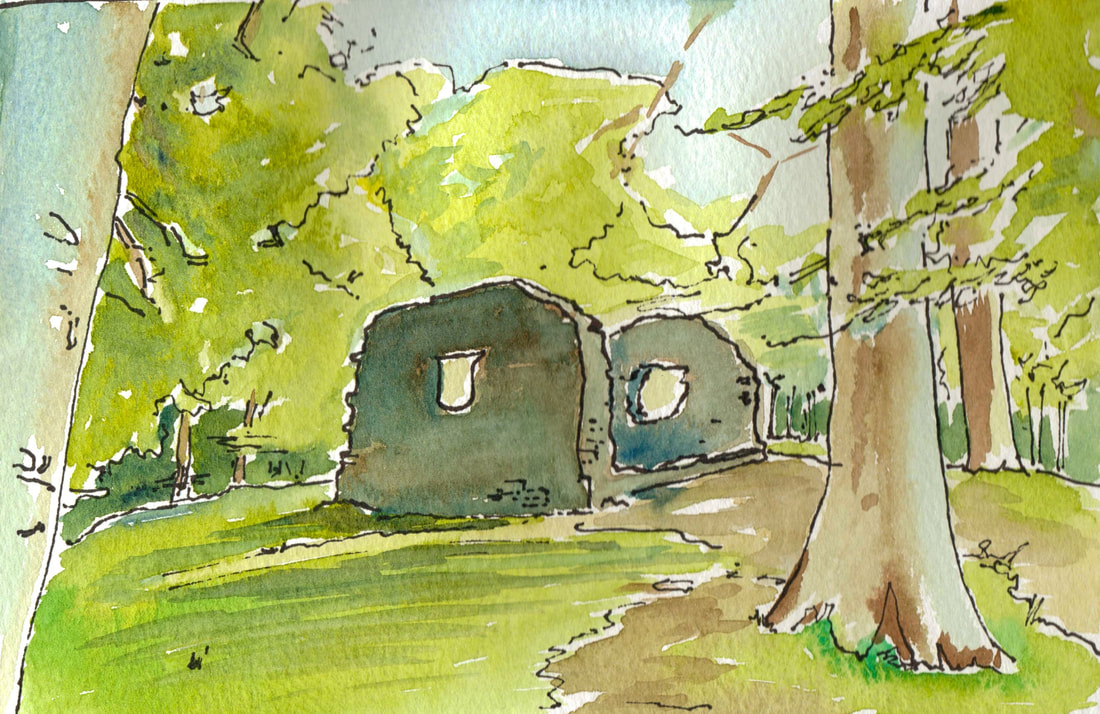
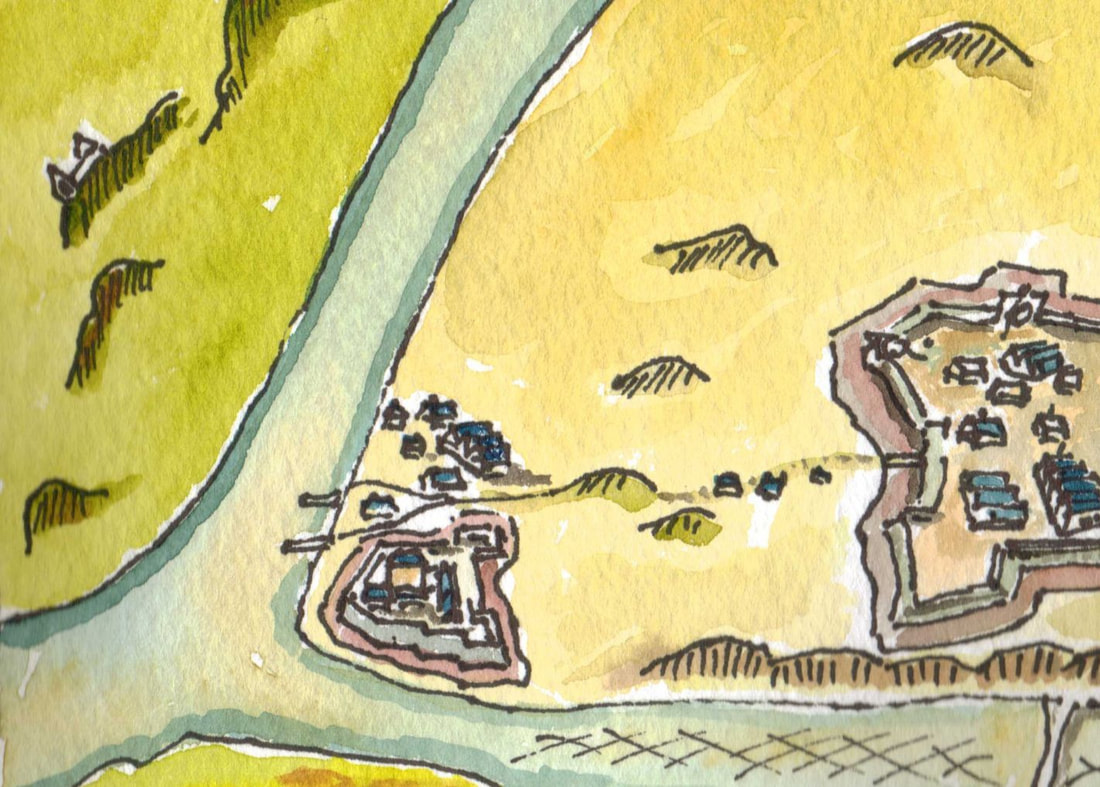
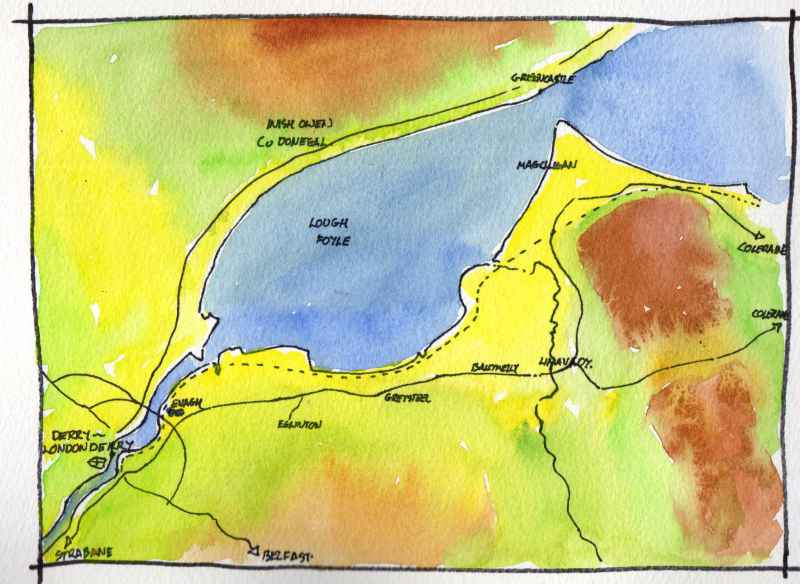
 RSS Feed
RSS Feed
